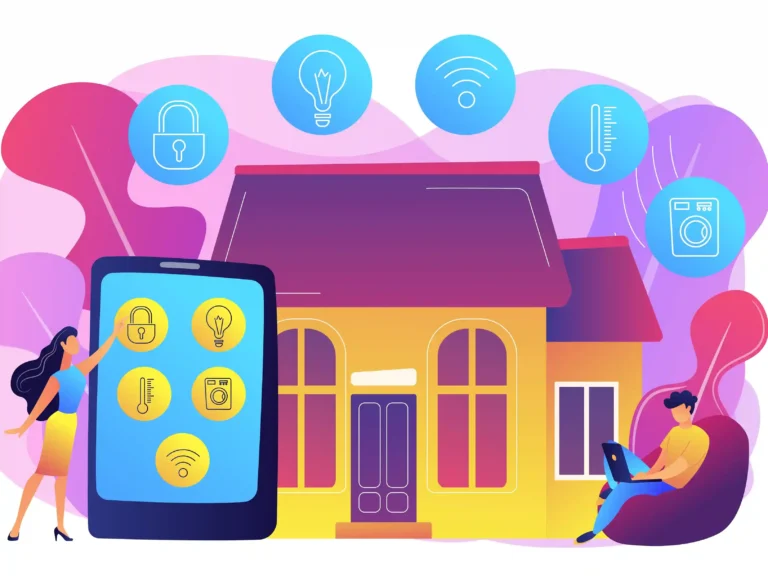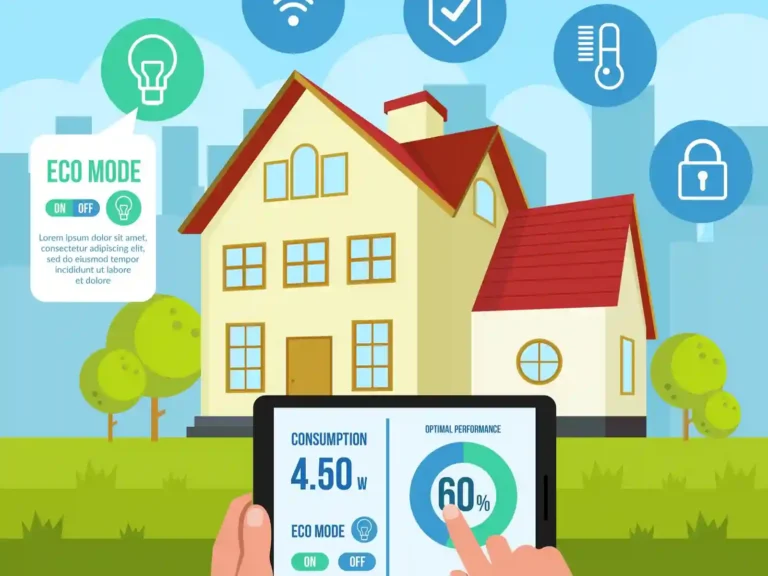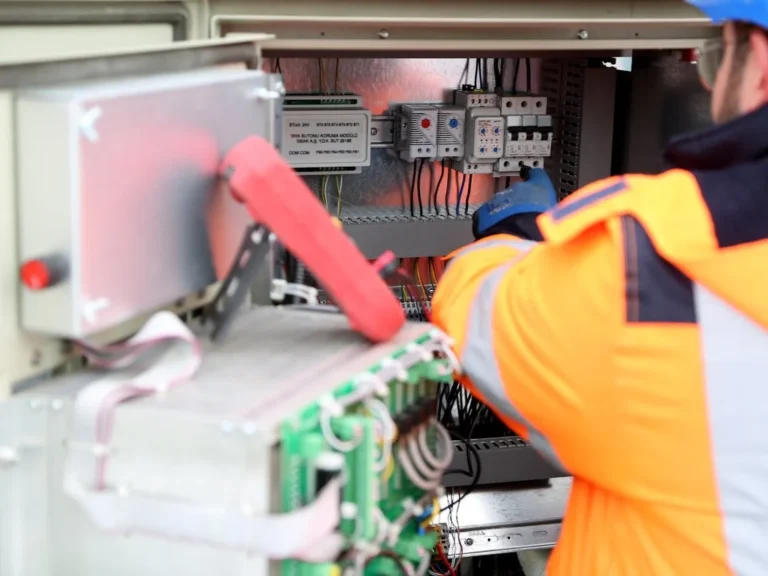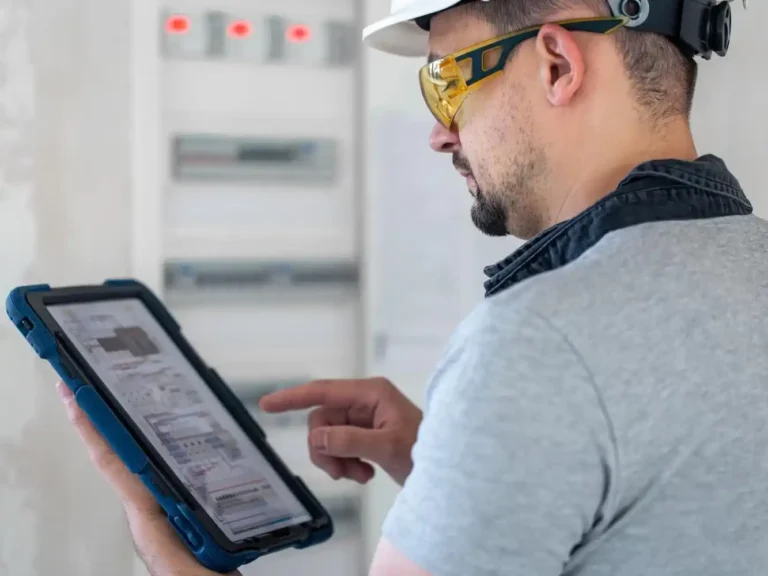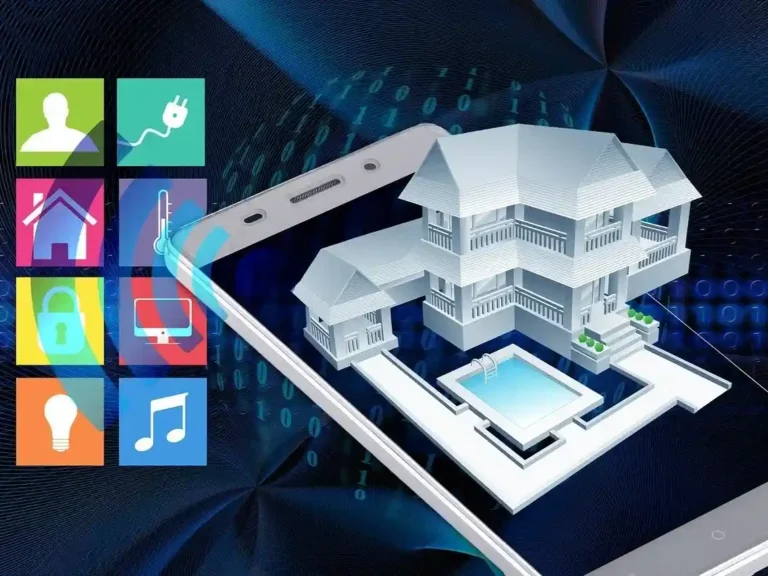Energy Monitoring vs. Smart Meters – Key Differences
Introduction
In today’s smart home world, more people are trying to save electricity and cut down on high energy bills. Two common tools used for this are energy monitors and smart meters.
At first, they may seem the same — but they work very differently. Choosing the right one can help you save money, control your energy usage, and avoid common mistakes.
If you’re new to this, it helps to start by understanding what energy monitoring is and how it can lead to big savings.

What Is an Energy Monitor?
An energy monitor shows you how much electricity you’re using in real time. You can even see which devices in your home are using the most power.
Many energy monitors come with apps so you can track your energy usage on your phone anytime. Some even connect with your smart home system, making your energy monitoring even easier.
If you want a deeper look into this, here’s a simple guide on how energy monitoring works and helps you lower bills.

What Is a Smart Meter?
A smart meter is installed by your electricity company. It automatically sends your usage data to them, so your bills are accurate.
However, smart meters usually don’t give you real-time info or help you control your power usage. They are more about billing than saving.
Key Differences Between the Two
|
Feature
|
Energy Monitor
|
Smart Meter
|
|---|---|---|
|
Data updates
|
Real-time tracking
|
Monthly or hourly data
|
|
User control
|
Yes, can track specific appliances
|
No, only the utility gets the data
|
|
Savings potential
|
Can help reduce bills up to 15%
|
Mainly helps with accurate billing
|
|
Installation
|
Easy to install yourself
|
Installed by utility company
|
|
App and phone access
|
Yes
|
Usually not available or limited
|
Which One Helps You Save More?
If your main goal is to cut down your electricity bill, the better choice is the energy monitor.
These devices give you instant updates, let you track specific appliances, and even send alerts if something is using too much power. For example, smart plugs are a great add-on to track energy use of individual devices.
Many homes using energy monitors report up to 10-15% savings each month.
Things to Consider Before Buying
Too Many Options
There are many energy monitors on the market, which can make it confusing. To make it easier, here’s a quick guide to choosing the right energy monitor for your home.
Hidden Costs
Some monitors need extra hardware or paid apps. Always check what’s included.
Technical Confusion
Some advanced models give a lot of data but don’t make it easy to understand. If you’re just starting out, it’s good to learn about the different types of energy monitors and which ones are best for saving.
Compatibility
Not all monitors work with every electrical panel. Be sure to read product specs and reviews.
Real Example: Energy Monitor Saves Money
The Smith family installed an energy monitor in their home. It showed that their old fridge was using a lot of electricity. They replaced it and made small changes in their usage — and ended up saving 12% on their energy bill.
If you want to install a monitor yourself, here’s a simple step-by-step DIY guide.
Energy monitor for businesses
For small businesses or even larger buildings, energy monitors offer even more value. They help track where most electricity is being used and offer ways to reduce costs.
Check out how energy monitoring helps businesses save big and which systems are best for commercial use.
There are even special solutions for factories and industries — see how industrial monitoring can unlock big savings.

Final Thoughts: Which One Should You Choose?
Energy Monitors help you take control and start saving quickly.
Smart Meters help your utility company give you accurate bills — but don’t really help you save.
If you’re serious about saving money, tracking energy use in real time, and controlling your energy habits, an energy monitor is the better choice.
Already using smart home tech? Here’s how you can connect your energy monitor with your smart home system to make life even easier.
Ready to Start Saving?
Start by exploring the best whole-house energy monitors of 2025.
FAQs
An energy monitor is owned by you and gives real-time or appliance-level data. A smart meter is installed by the utility and sends usage data—usually hourly or daily—for billing accuracy and grid management.
Yes! Homes using energy monitors often save between 4% and 15% on their electricity bills thanks to tracking high-use appliances, managing standby power, and setting usage goals .
You can use both. A smart meter ensures accurate billing and enables time-of-use rates, while an energy monitor helps you see and act on your real-time usage to save more money.
They are, but compatibility depends on the type:
Clamp-on models work on standard breaker panels
Plug-in units go into wall sockets
Always check manufacturer specifications—our guide on choosing the right energy monitor has helpful tips.
Yes—it can track daily, weekly, or monthly usage and show carbon emissions or costs. You can set alerts or targets and check your progress through its app.

